Nectarine Harvest Season: Tips On Picking Nectarines
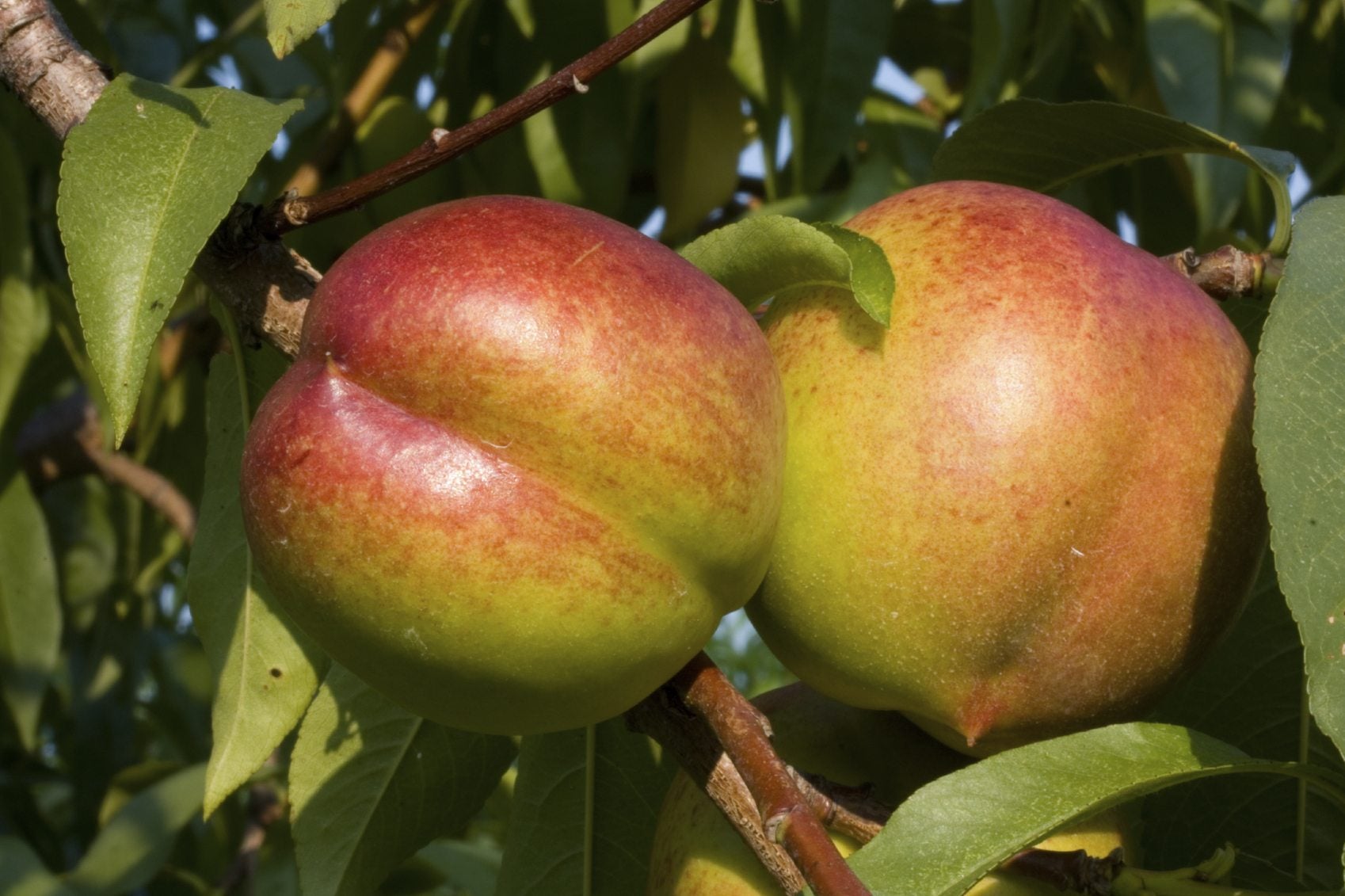
I’m a picky fruit eater; if it isn’t just so, I won’t eat it. Nectarines happen to be one of my favorite fruits, but it can be hard to tell the exact perfect time to pick them. When is the best time to pick a nectarine and how to harvest nectarines? Let’s find out.
Nectarine Harvest Season
Knowing exactly when to pick a nectarine isn’t as simple as looking at the calendar. Nectarine harvest season runs anywhere from midsummer to mid-autumn, depending upon the cultivar and USDA growing zone. So what are some of the characteristics of ripeness that will indicate it is time for nectarine tree harvesting?
How to Harvest Nectarines
Nectarines can be picked when they are close to being ripe and then ripened indoors in a brown paper bag or on the counter. That said, there is no comparison to picking a nectarine, perfectly ripe, still warm from the sun and immediately sinking your teeth into it. Unlike apples and pears, nectarines' sugar content does not improve once they are picked, so you get but one chance and you want the fruit to be perfectly ripe for optimal flavor. But how do you tell if it’s time for nectarine tree harvesting? Well, some of it is trial and error. There are certain things like color, heft, firmness and aroma that are good indicators of ripeness. Look for fruit that is still firm but with a slight give. The background color of the fruit should be yellow with blushes of red mottling the peel, no traces of green should be visible. White-fleshed nectarines will have a background color of white. The fruit should be filled out and look to be full sized. The heady tell-tale ambrosial aroma of ripe nectarine should be evident. Finally, the fruit should slip easily from the tree. What does that mean? You should be able to lightly grasp the fruit and with the gentlest of twists release the fruit from the tree. If the tree doesn’t want to let go easily, it is telling you to hold your horses. It may take a little practice, but soon you will be an old hand at picking nectarines. If all else fails, you can always try the taste test. Bite into a nectarine that you think is ripe. If the fruit is sweet, you have met with success. If not, then it wasn’t quite ready yet.
Gardening tips, videos, info and more delivered right to your inbox!
Sign up for the Gardening Know How newsletter today and receive a free copy of our e-book "How to Grow Delicious Tomatoes".

Amy Grant has been gardening for 30 years and writing for 15. A professional chef and caterer, Amy's area of expertise is culinary gardening.
-
 Looking For Plants To Give You The Soft And Fuzzies? Try These 5 Fuzzy Leaf Plant Options
Looking For Plants To Give You The Soft And Fuzzies? Try These 5 Fuzzy Leaf Plant OptionsLovers of texture, drama, silver foliage and tactile plants will adore these special sensory garden additions. These fuzzy leaf plant options will leave you all aglow
By Susan Albert
-
 Get Ready For A Summer Of Hummers! Grow These Full Sun Hummingbird Plants and Flowers
Get Ready For A Summer Of Hummers! Grow These Full Sun Hummingbird Plants and FlowersIf you’re lucky enough to enjoy a sunny backyard, make sure you are maxing out on your pollinator opportunities and grow these full sun hummingbird plants and flowers
By Tonya Barnett
-
Panamint Nectarine Fruit: Caring For Panamint Nectarine Trees
Panamint nectarine trees are very adaptable for home gardens and produce fruit with an excellent flavor. For more information about Panamint nectarine fruit, plus tips on caring for Panamint nectarines, the following article will help.
By Teo Spengler
-
Southern Belle Nectarines: Learn About Southern Belle Tree Care
If you love peaches but don’t have a landscape that can sustain a larger tree, try growing a Southern Belle nectarine. With its fairly diminutive height, the nectarine ‘Southern Belle’ can be container grown easily. Learn more about this fruit tree in the following article.
By Amy Grant
-
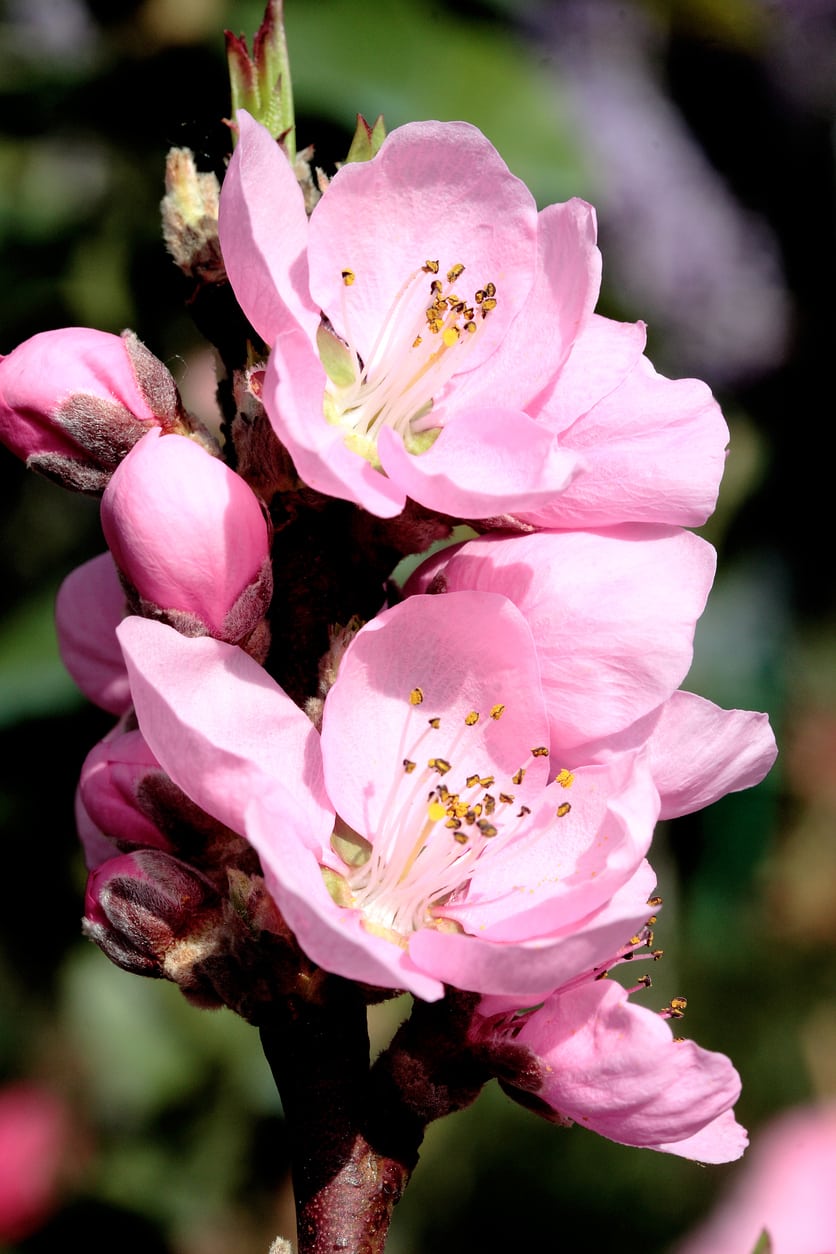 Nectar Babe Nectarine Info – Growing A Nectarine ‘Nectar Babe’ Cultivar
Nectar Babe Nectarine Info – Growing A Nectarine ‘Nectar Babe’ CultivarAccording to Nectar Babe nectarine information, these are natural dwarf trees, but grow full-size, luscious fruit. You can start growing Nectar Babe nectarines in containers or in the garden. Click here for info on these unique trees plus tips on planting.
By Teo Spengler
-
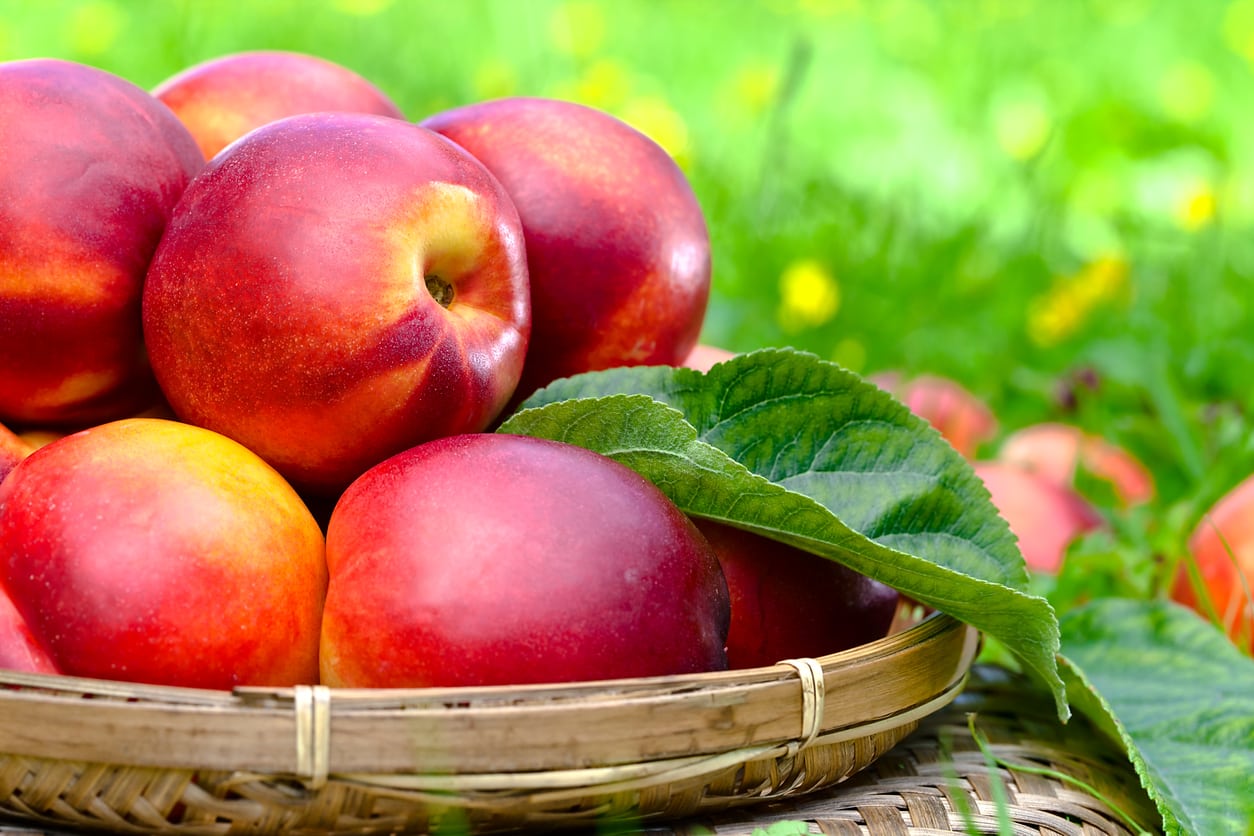 Harko Nectarine Care: How To Grow A Harko Nectarine Tree
Harko Nectarine Care: How To Grow A Harko Nectarine TreeThe Harko nectarine is a Canadian variety high on taste and cold tolerant. If you want to grow this nectarine tree, it’s important to have some facts at your fingertips. Click here for information about growing Harko nectarines and tips about Harko nectarine care.
By Teo Spengler
-
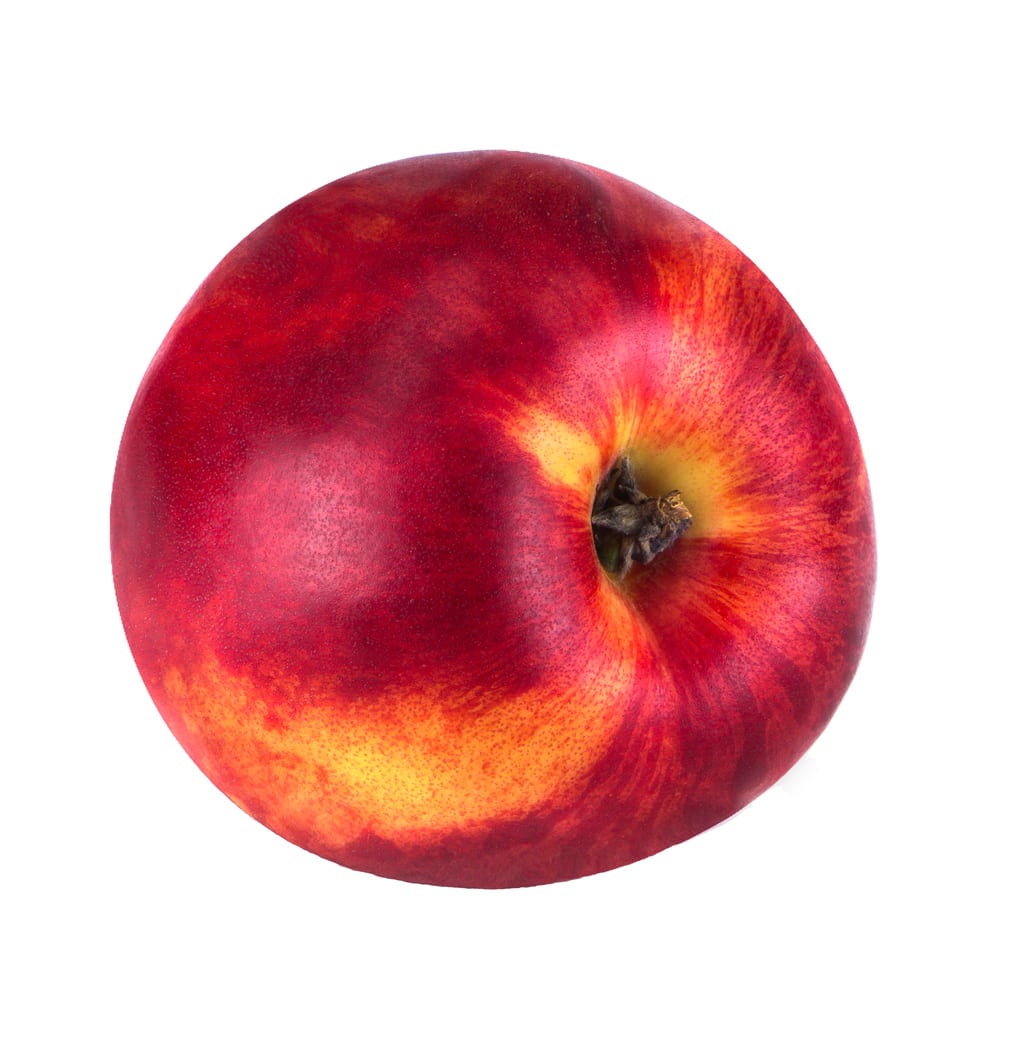 Arctic Rose Nectarine Care: What Is An Arctic Rose Nectarine
Arctic Rose Nectarine Care: What Is An Arctic Rose NectarineIf you are considering growing peaches or nectarines in a backyard orchard, Arctic Rose white nectarine is a great place to start. Click on the following article for information about this interesting cultivar, plus tips on Arctic Rose nectarine care.
By Teo Spengler
-
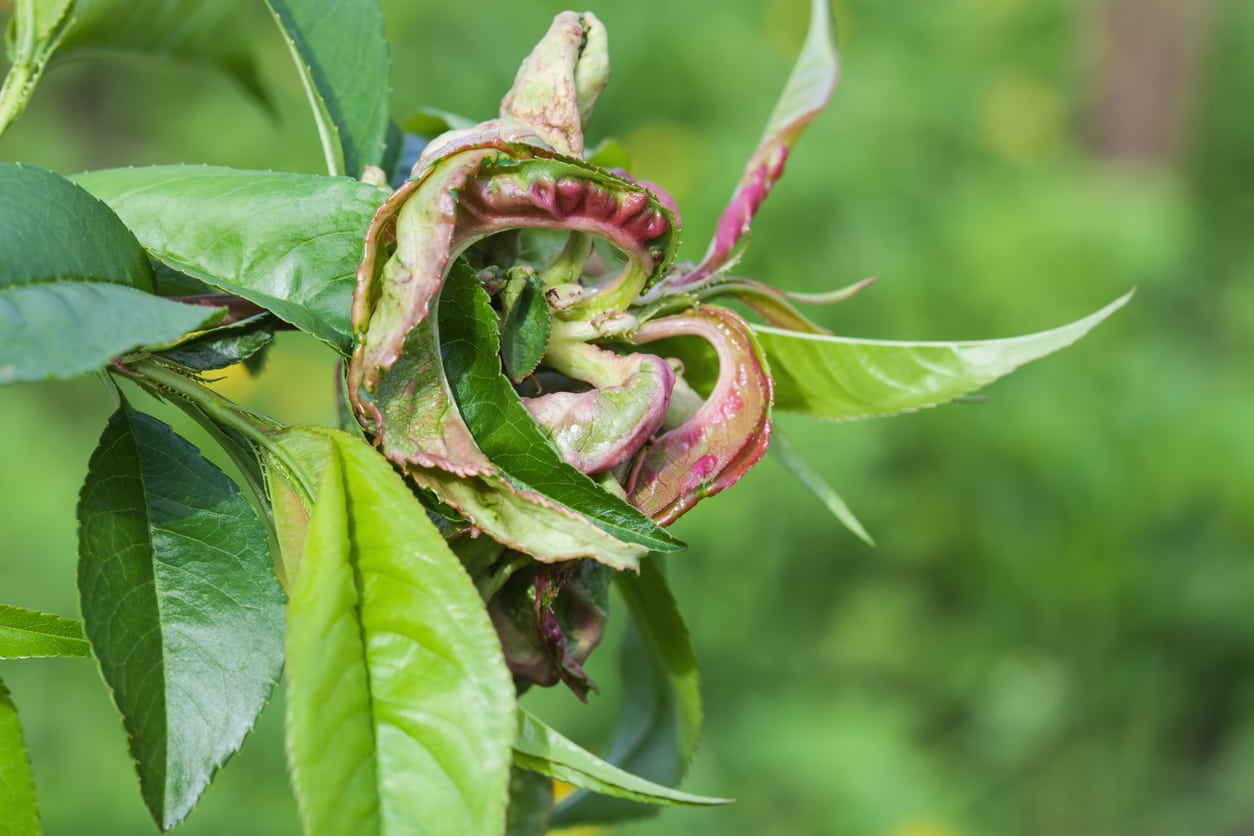 Diseases Of Nectarines: How To Spot Common Nectarine Diseases
Diseases Of Nectarines: How To Spot Common Nectarine DiseasesNectarine disease symptoms may not be readily apparent, and you may have to do some serious observation to locate issues. Others are visually evident and not hard to identify. If your nectarine tree is looking or performing differently than in years past, this article can help.
By Becca Badgett
-
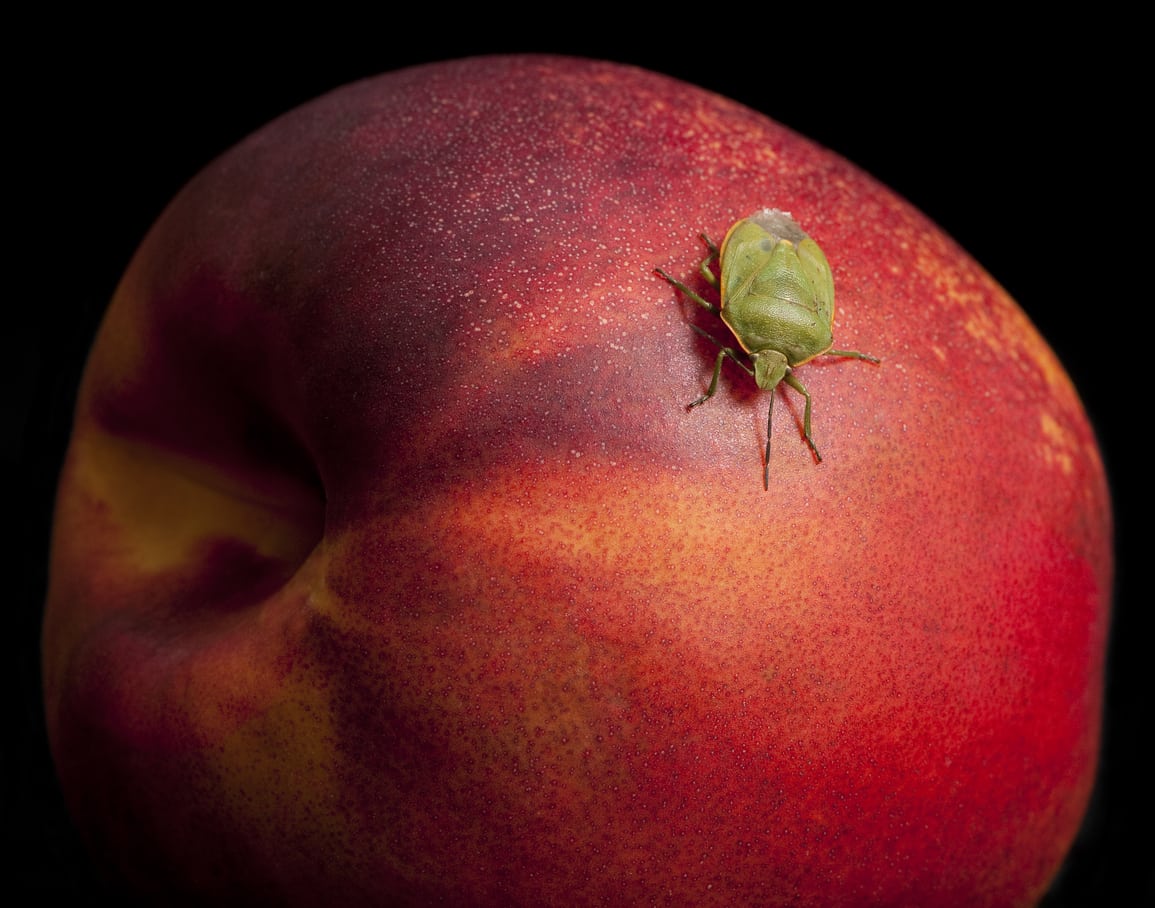 Bugs That Eat Nectarines – Tips For Controlling Nectarine Pests In Gardens
Bugs That Eat Nectarines – Tips For Controlling Nectarine Pests In GardensNectarines and peaches are often used interchangeably in cooking. Not surprisingly, both often face the same pests in the garden. Controlling nectarine pests in the home orchard will help to maintain plant vigor and prevent future pest problems. Learn more here.
By Tonya Barnett
-
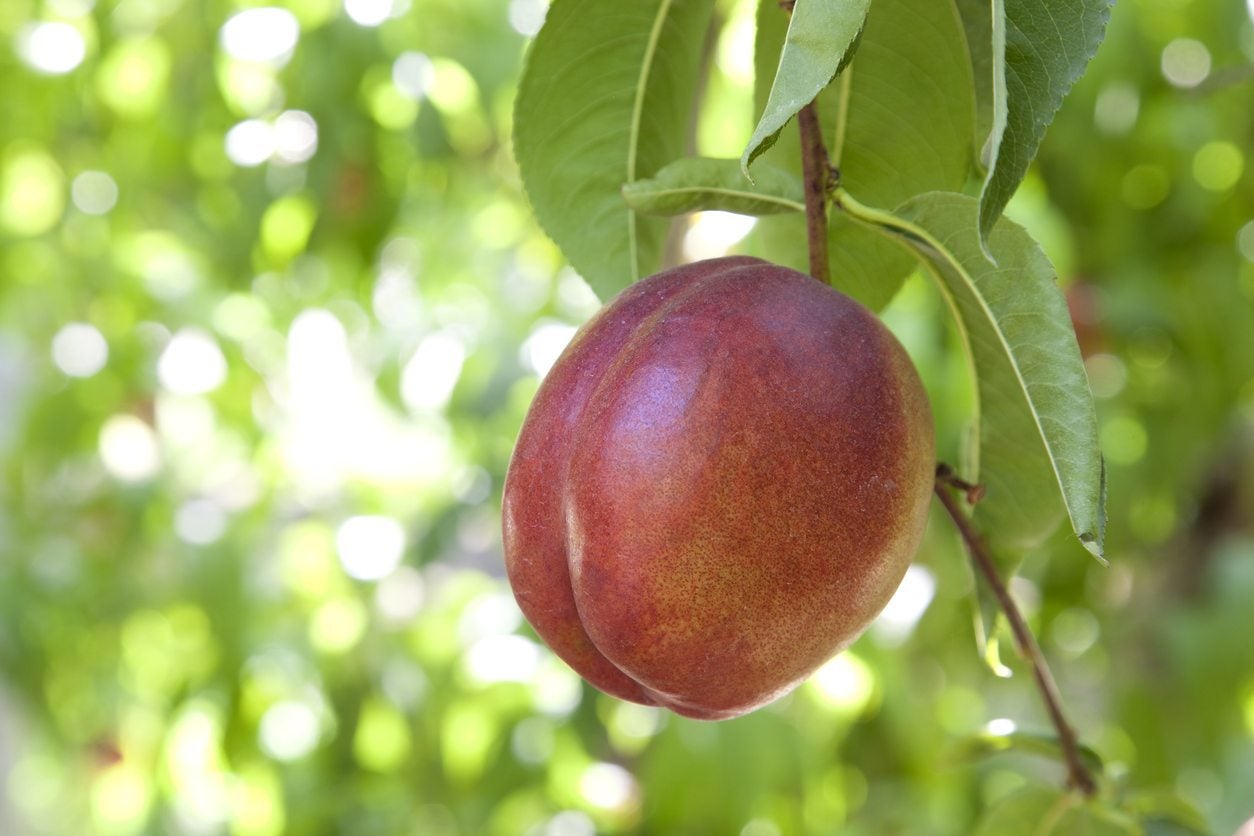 Nectarine Tree Not Fruiting – How To Get Fruit On Nectarine Trees
Nectarine Tree Not Fruiting – How To Get Fruit On Nectarine TreesGetting no fruit on the nectarine trees? If there are no obvious diseases or insect pests, why is the nectarine tree not fruiting? There are quite a few reasons for a fruitless nectarine tree. Find out how to get fruit on nectarine trees in this article.
By Amy Grant